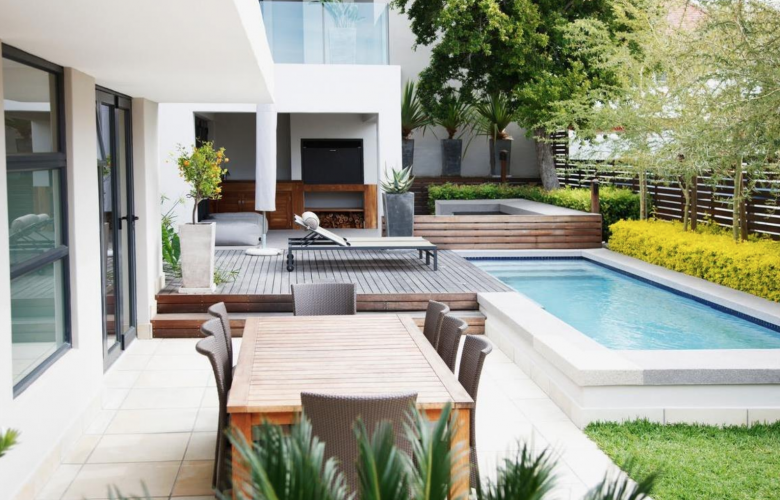Residential construction costs pick up pace in September quarter - CoreLogic
Contact
Residential construction costs pick up pace in September quarter - CoreLogic
CoreLogic Construction Cost Estimation Manager John Bennett said building materials costs had stabilised, with minimum increases and decreases being recorded for the quarter.
Residential construction costs grew 1% over the September quarter, in line with the pre-Covid decade average, according to CoreLogic's latest Cordell Construction Cost Index (CCCI).
The Q3 2024 national CCCI, which tracks the cost to build a typical new dwelling, is up from a 0.5% rise over the June quarter and is the strongest quarterly increase seen from the three months to December 2022 (1.9%).
The 12 months ending September saw costs rise 3.2%, up from 2.6% over the 12 months to June, although down from this time last year (4.0%).
CoreLogic Economist Kaytlin Ezzy said the data would likely put additional pressure on the Federal Government's target of 1.2 million new homes.
"With the official start date for the Government's target for 1.2 million new well-located homes over five years kicking off in July, the recent re-acceleration of the CCCI could put additional pressure on an already difficult-to-achieve goal."
"Over the year to June, approximately 176,000 dwellings were completed, -26.6% below the 240,000 annually needed to fulfil the target."
"While 250,000 homes remain within the construction pipeline nationally, the sluggish flow of new dwelling approvals suggests a shortfall of projects once the backlog is worked through."
In August, national monthly dwelling approvals came in -17.9% below the decade average and -30.0% under the 20,000-a-month target needed to achieve the Government's goal.
On a state-by-state basis, the quarterly change in CCCI was highest in Queensland, recording the largest quarterly increase in construction costs (1.1%), accelerating from the 0.3% lift seen over the June quarter.
New South Wales and Western Australia saw construction costs rise 1.0%, in line with the national growth rate, while Victoria and South Australia tied for the smallest quarterly increase, both up 0.8% over the quarter.
CoreLogic Construction Cost Estimation Manager John Bennett said building materials costs had stabilised, with minimum increases and decreases being recorded for the quarter.
He said categories such as timber products, building permit and application costs, plant hire and rainwater products demonstrated little movement for the quarter, while masonry, cement sheet products, joinery, plumbing material (mainly copper) and general waste disposal all showed slight increases.
“This quarter has shown no standout specific trends in the market for construction cost materials. We fully expect this to continue for the coming months,” Mr Bennett said.
Construction costs, a leading Indicator for CPI growth
The latest Consumer Price Index (CPI) data from the Australian Bureau of Statistics (ABS) showed the CPI rose a further 1.0% over the June quarter, following a 1.0% rise over the March quarter.
The ABS noted that new dwelling purchases by owner-occupiers rose by 1.1% as builders continued to pass on higher labour and building material costs to buyers.
They also noted stronger rises in Perth and Adelaide new dwelling prices over the June quarter, reflecting higher demand for new homes in these cities, as well as high labour and material costs.
Commenting on the data, Ms Ezzy added: "Residential building costs make up the largest share of the housing component of the consumer price index."
She added, "As a forward indicator, the recent re-acceleration in the CCCI is concerning for the new homes component of the CPI, as the two series are highly correlated. This may partially offset the impact of slowing rent growth on housing inflation”
"Additionally, the increase will be unwelcome news for builders, who are still working to repair profit margins. Although the latest quarterly rise aligns with the pre-Covid decade average (1.0%), overall construction costs have surged 29.5%, putting significant pressure on the feasibility of many projects.
For more information visit corelogic.com.au/news-research/reports/cordell-construction-cost-index





